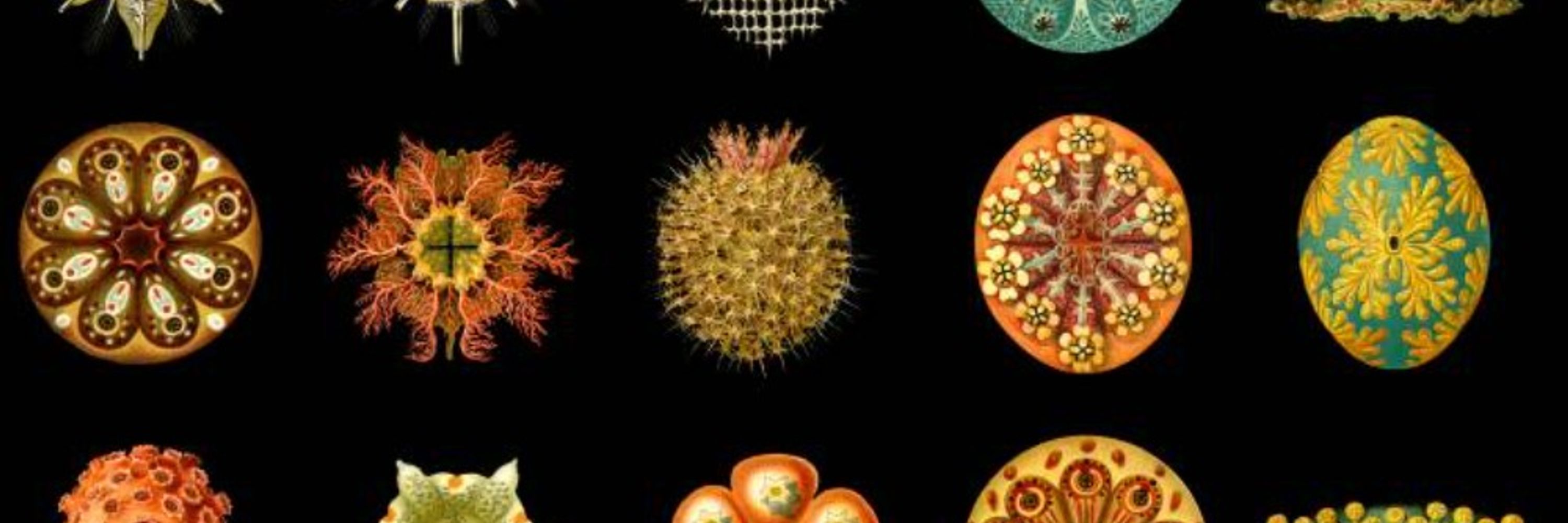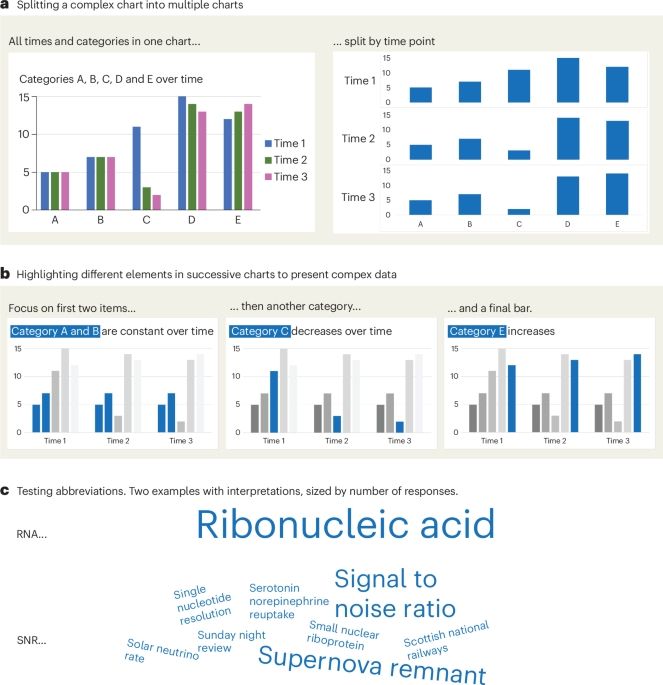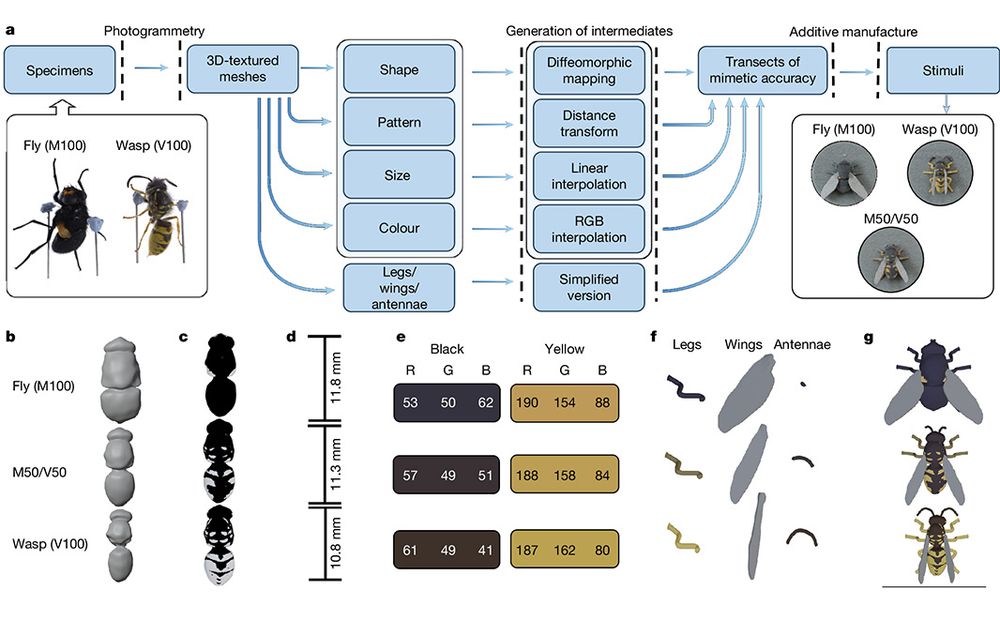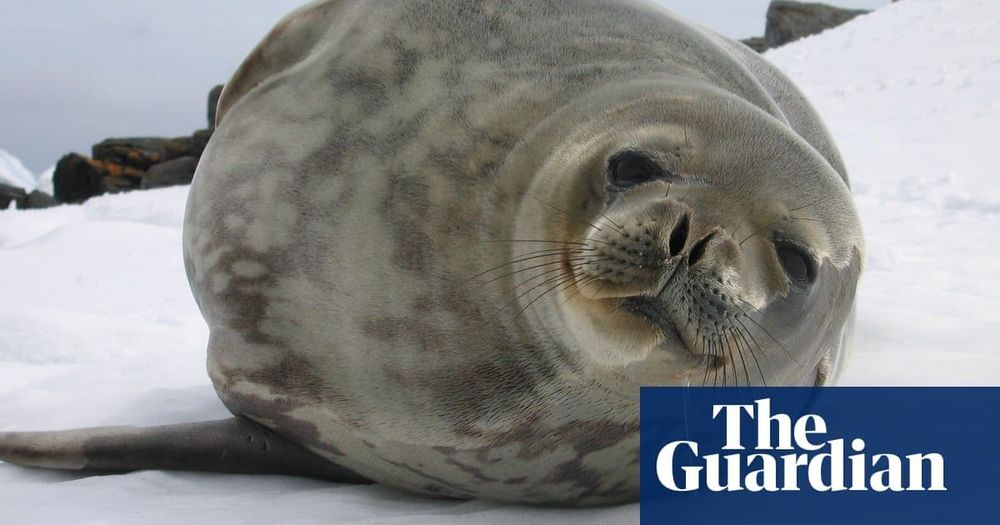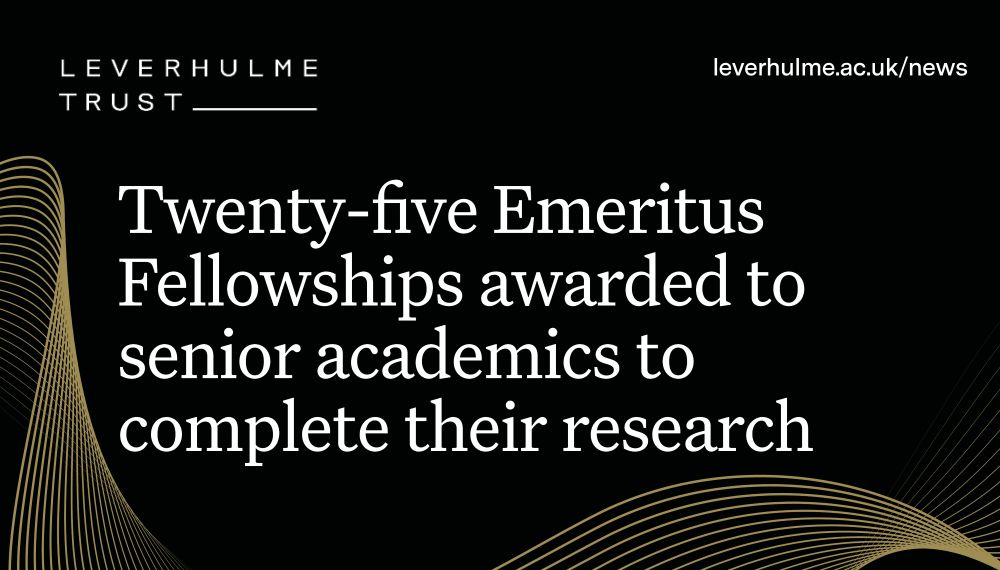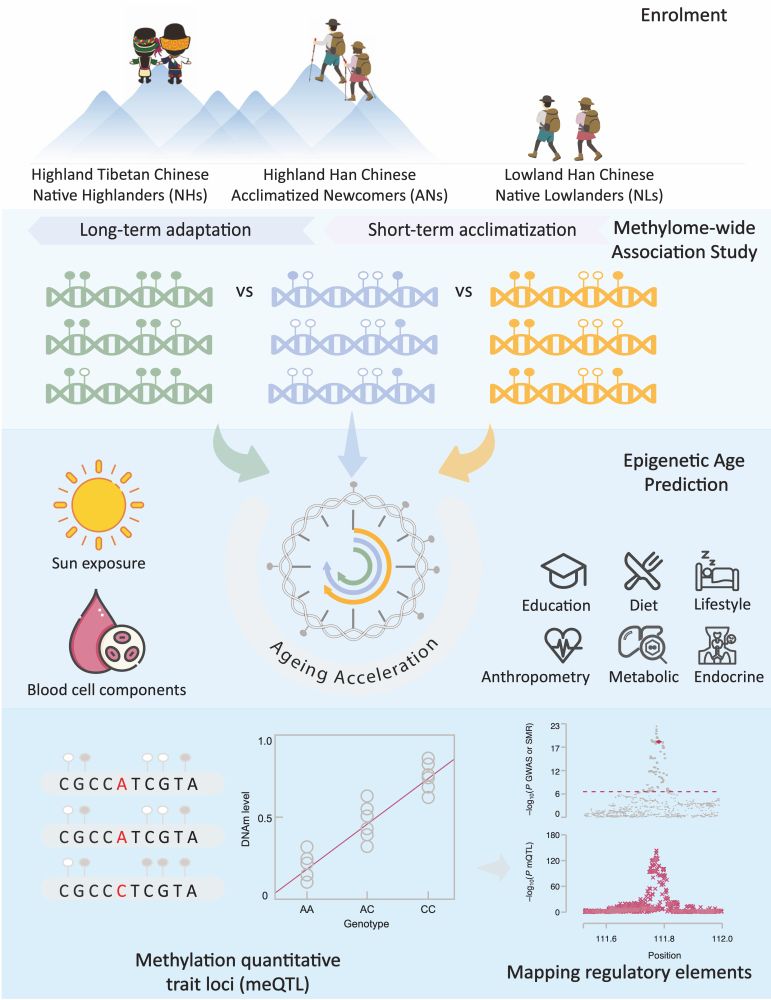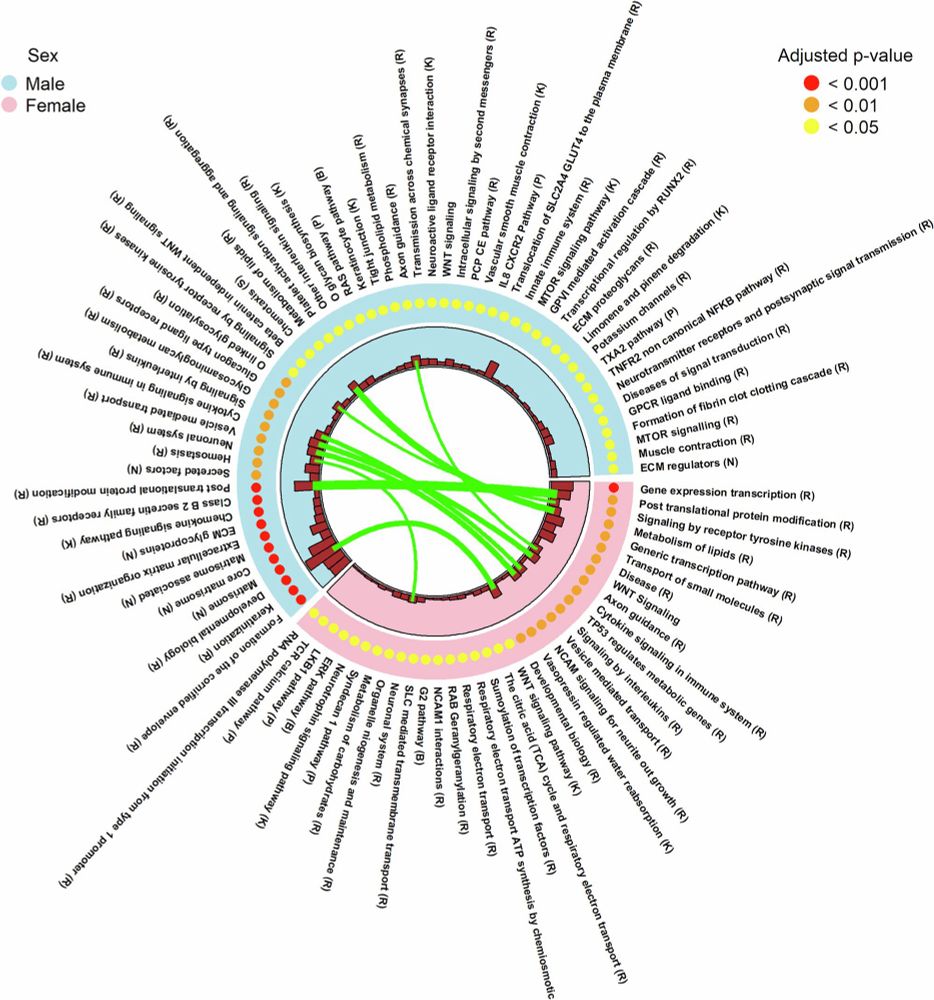Professor Mary J O'Connell
@evol-molly.bsky.social
310 followers
280 following
6 posts
Evolutionary Biologist, Mammals, Phylogenies, Comparative Genomics, Art and Running
Posts
Media
Videos
Starter Packs
Reposted by Professor Mary J O'Connell
Reposted by Professor Mary J O'Connell
Reposted by Professor Mary J O'Connell
Reposted by Professor Mary J O'Connell
Reposted by Professor Mary J O'Connell
Reposted by Professor Mary J O'Connell
Reposted by Professor Mary J O'Connell
Reposted by Professor Mary J O'Connell
Reposted by Professor Mary J O'Connell
Reposted by Professor Mary J O'Connell
Reposted by Professor Mary J O'Connell
Jonathan Fenn
@jfennbio.bsky.social
· Jul 2
Reposted by Professor Mary J O'Connell
James McInerney
@jomcinerney.bsky.social
· Jun 30

Mammal placental phenotypes are predictable from microRNA repertoires.
Despite >100 million years of mammal diversification, similar placental morphologies have independently evolved multiple times, presenting a long-standing evolutionary puzzle: what genetic mechanisms ...
www.biorxiv.org
Reposted by Professor Mary J O'Connell
The Fromm Lab
@frommlab.bsky.social
· Jun 30
James McInerney
@jomcinerney.bsky.social
· Jun 30

Mammal placental phenotypes are predictable from microRNA repertoires.
Despite >100 million years of mammal diversification, similar placental morphologies have independently evolved multiple times, presenting a long-standing evolutionary puzzle: what genetic mechanisms ...
www.biorxiv.org
Reposted by Professor Mary J O'Connell
Reposted by Professor Mary J O'Connell
Reposted by Professor Mary J O'Connell
Reposted by Professor Mary J O'Connell
Reposted by Professor Mary J O'Connell
WGDip
@wgdip.bsky.social
· May 7
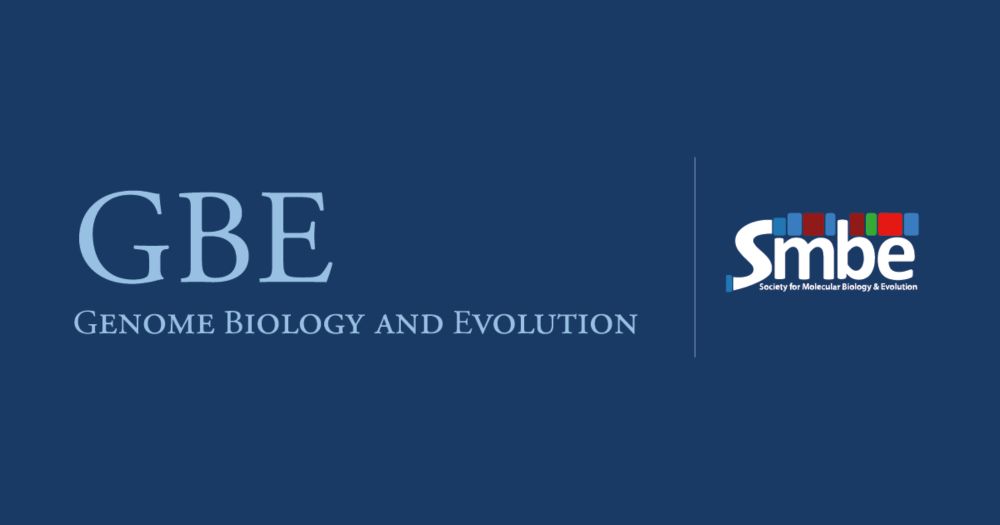
Cell type resolved expression of duplicate genes retained from whole genome duplication in Atlantic salmon
Abstract. The functional and evolutionary outcomes of whole genome duplication (WGD) events are driven by global remodelling of gene expression. Most inves
academic.oup.com
Reposted by Professor Mary J O'Connell
Reposted by Professor Mary J O'Connell
